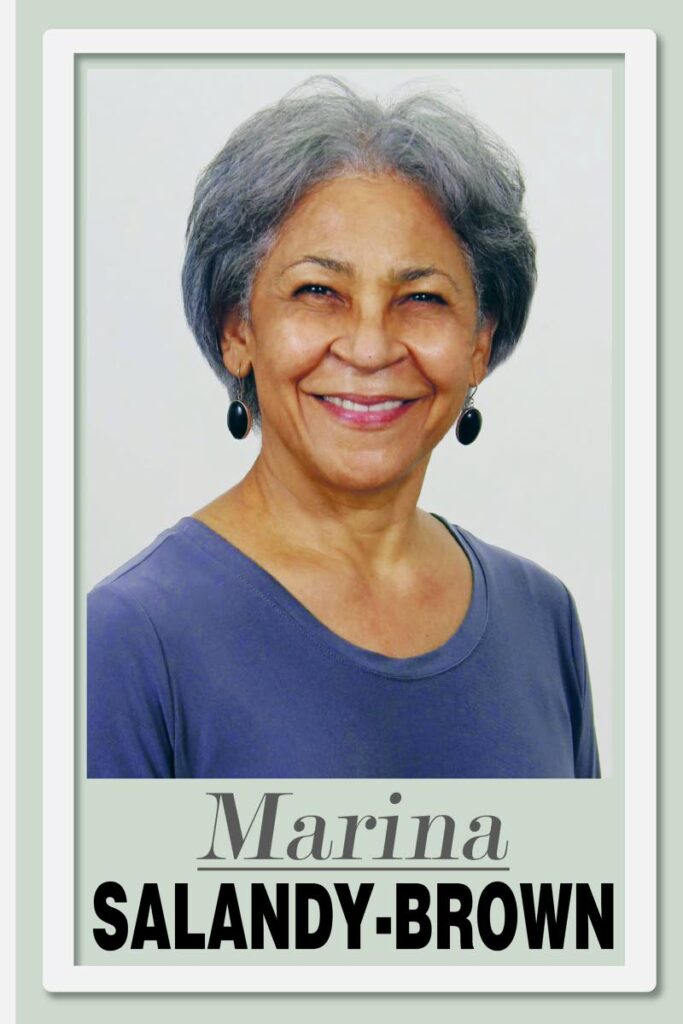Reporting war

War is always ugly. Lucky then that for the most part, humankind has historically been spared the pictures.
Overwhelming, unceasing scenes of massacre such as those of the current Gaza and Ukraine conflicts appearing in our homes and now on our phones were not available to ordinary citizens during the biggest of all 20th-century wars – WWI and WWII.
Pathé News, which started in 1896 with silent news films, was the main producer of newsreels from the various battlefields. Pathé also made short and long cine documentaries of world events.
Even after TV arrived in the 1960s, bringing news into our homes, seeing the Pathé newsreels (named after French founder Charles Pathé) was one of the welcome attractions of going to the cinema in Trinidad, since it was where most people gleaned their pictorial knowledge of the world and the people inhabiting it.
An important part of waging war is the propaganda element. War is never popular and winning support is critical, so how those men and women report and for which network is also important.
The news of the mounting number of deaths of journalists in the Gaza war is disturbing, since it seems they are being targeted, which is a new departure. Once upon a time the war correspondent was almost deified. Their well crafted and presented pieces on audiotape or on camera were highly prized.
The role requires great intelligence, self-control, empathy and a keen sense of independence despite being embedded with the fighting forces. It is not surprising that the silver-tongued Winston Churchill was a war correspondent in the 1890s, and so were the world-famous writers Ernest Hemingway and John Steinbeck.
Stories have always been part of the reality of violent conflict. They once came as long, recited tales of victory and defeat of the enemy, battles gaining legendary status as the storytellers mythologised their heroes. Then the stories appeared as great literary works such as Caesar’s Gallic Wars, the Odyssey, and the Iliad. Over millennia they evolved into latter-day newspaper and magazine reports.
Photography in war really grew with the Crimean War of the mid-1880s to become commonplace and a major and powerful source of information. All one needed was a single picture to tell an irrefutable story, but the start of modern photojournalism, in which written accounts are married to photographs, occurred only in the 1920s.
Another form of war coverage was, and remains, the painting, and perhaps the most iconic and influential evocation of war’s horrors is Picasso’s Guernica. The 25-foot-long canvas captures the nullifying effect upon human beings, the devastation and danger of war. In 1937 the Nazis carried out the first aerial saturation bombing of a civilian population on the Basque town of Guernica in support of General Franco during the Spanish Civil War, which segued into WWII and four decades of dictatorship in Spain. The painting, not actually set in Guernica, has come to symbolise anti-war protest, its political heft augmented by Picasso banning its showing in Spain till full liberties were restored there.
Although Picasso was not commissioned to cover the aftermath of Guernica, it leads to the question of whether all reporting is objective or apolitical. Criticism of the major TV networks’ Gaza war coverage is valid. Pro and anti-Israel or Palestine sentiments seem to be fixed, and coverage is definitely skewed in line with channel or national policy on the war. Therefore, the reporting cannot be impartial, or even fair. Only the BBC attempts to provide balanced coverage, although some people would disagree.
Since the 1930s the Imperial War Museum in London has appointed an official war artist for each major international conflict. Some of the work produced has been criticised for being political, sometimes inadvertently. For example, Langlands and Bell made a short video as part of their The House of Osama Bin Laden project about the Afghanistan conflict, but it had to be withdrawn for the coveted Turner Prize in 2005 because the trial of an Afghani murderer featured in the short film was on in London, and the content would have been in contempt of court.
The 1990 official Gulf War artist was painter John Keane. He was with the British army in Iraq and then in Kuwait after its US-led liberation. Mickey Mouse at the Front was his unforgettable painting of the popular cartoon figure grinning, with a shopping cart of military gear on an excrement-covered Kuwaiti beach, the city’s buildings and hotels behind barricades along the seafront fringed by half-dead palm trees. Keane was savaged by the British press for the unpatriotic subversiveness of the painting.
No work of art or piece of communication is complete without the receiver bringing his/her own personal, culturally or socially-biassed interpretation to it. Therefore intermediaries recording conflict and raising questions rather than trying to answer them is most sensible.

Comments
"Reporting war"